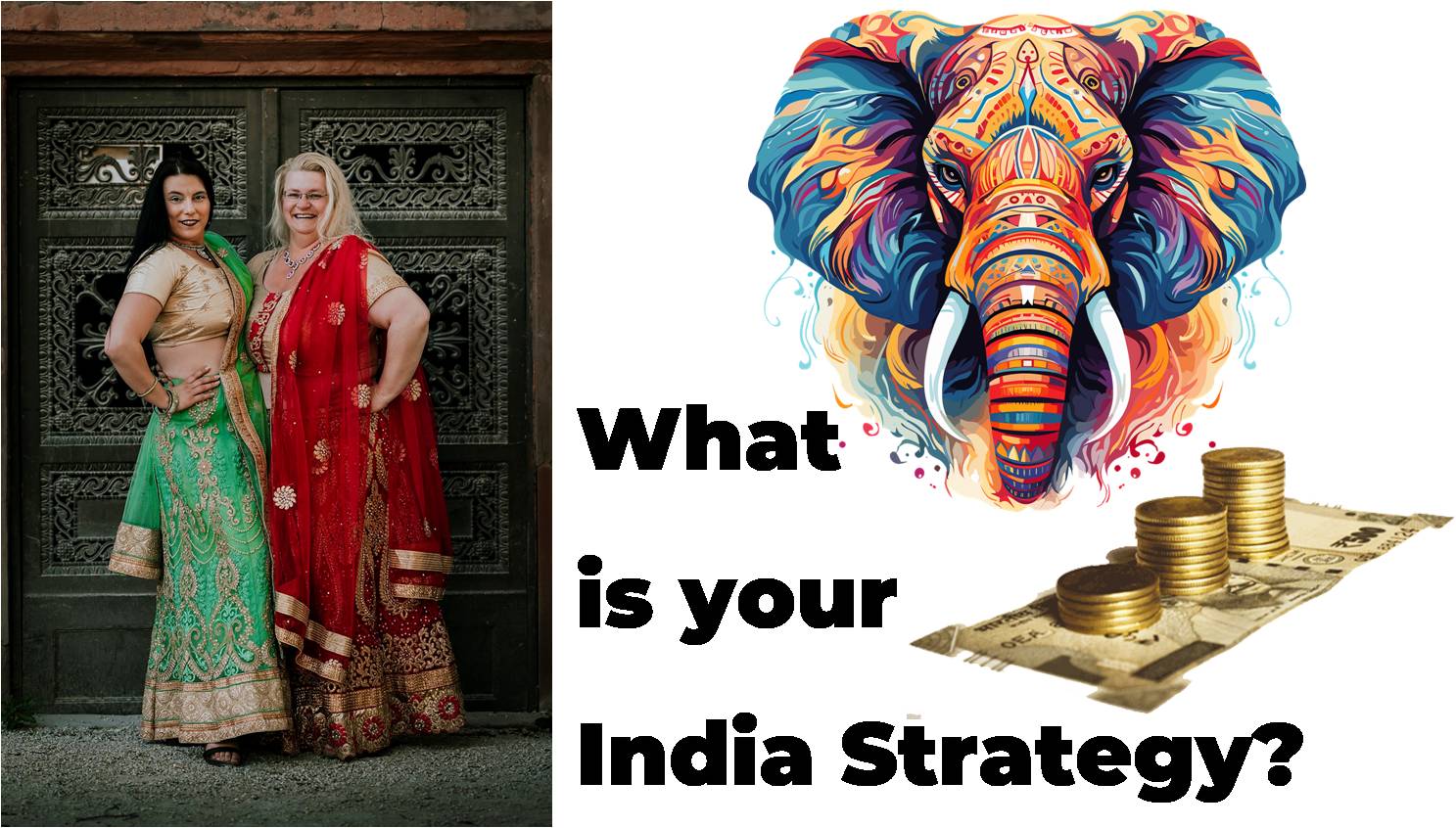
Don’t Be Left Out of the Growth Story!
India, the world’s largest democracy, has emerged as a pivotal player on the global economic stage. With its rapidly growing economy, burgeoning middle class, and strategic geopolitical position, India is not just a market to consider but a powerhouse to engage with. As economies worldwide recalibrate their strategies to navigate the post-pandemic era, the question that every forward-thinking business and government must ask is: “What is your India strategy?”
The Manufacturing Renaissance
India’s rise in the manufacturing sector is a testament to its evolving economic landscape. The “Make in India” initiative, launched in 2014 by Prime Minister Narendra Modi, has significantly boosted the country’s manufacturing capabilities. The program aims to transform India into a global manufacturing hub, encouraging both multinational and domestic companies to manufacture their products within the country. With improvements in infrastructure, a simplified tax regime through the Goods and Services Tax (GST), and a push for ease of doing business, India is rapidly becoming an attractive destination for manufacturing investments.
For instance, Apple has begun assembling its flagship iPhones in India, moving a significant portion of its production from China to mitigate risks associated with over-dependence on a single region. This shift not only underscores India’s growing manufacturing prowess but also highlights its strategic importance in global supply chains.
Dominance in the Services Industry
India’s prowess in the services sector, particularly in information technology (IT) and business process outsourcing (BPO), is well-established. Companies like Tata Consultancy Services (TCS), Infosys, and Wipro are not just national champions but global leaders, serving clients across various industries and geographies.
The IT sector’s contribution to the economy is immense, with exports accounting for a substantial portion of India’s GDP. The rise of digital transformation, accelerated by the pandemic, has further solidified India’s position as a global IT powerhouse. The country’s ability to provide cost-effective, high-quality services has made it an indispensable partner for businesses worldwide.
Strategic Geopolitical Relationships
India’s strategic partnership with the United States has grown stronger over the years, driven by shared democratic values, economic interests, and mutual concerns about regional security. This partnership is crucial for businesses looking to invest in India, as it provides a stable and conducive environment for growth.
The U.S.-India relationship has seen significant milestones, including defense agreements, collaborative space missions, and joint efforts in combating climate change. American companies such as Google, Amazon, and Microsoft have made substantial investments in India, recognizing its potential as a critical market and innovation hub.
The Power of the Domestic Market
India’s domestic market is another compelling reason for global economies to devise a robust India strategy. With a population exceeding 1.4 billion and a rapidly expanding middle class, India offers an unparalleled consumer base. The demand for goods and services is soaring, driven by increasing disposable incomes and urbanization.
For example, the automotive industry sees India as one of the fastest-growing markets for electric vehicles (EVs). Companies like Tesla are eyeing India for its potential to become a significant EV market, given the government’s push for sustainable energy solutions.
Takeaway: Crafting Your India Strategy
Given these dynamics, it is imperative for global economies and businesses to craft a comprehensive India strategy. Ignoring India is not an option; it means missing out on one of the most vibrant and dynamic growth stories of our time.
So, what should your India strategy encompass? First, leverage India’s manufacturing capabilities to diversify your supply chains. Second, tap into India’s IT and services expertise to drive innovation and efficiency in your operations. Third, build on the strong geopolitical ties between India and your home country to secure a stable business environment. Finally, capitalize on the vast domestic market to drive sales and growth.
In conclusion, as the global economy continues to evolve, India stands at the forefront, offering immense opportunities for growth and collaboration. The question is not if you should engage with India, but how you will position yourself to be a part of this remarkable journey. What is your India strategy? Don’t be left out of the growth story.














